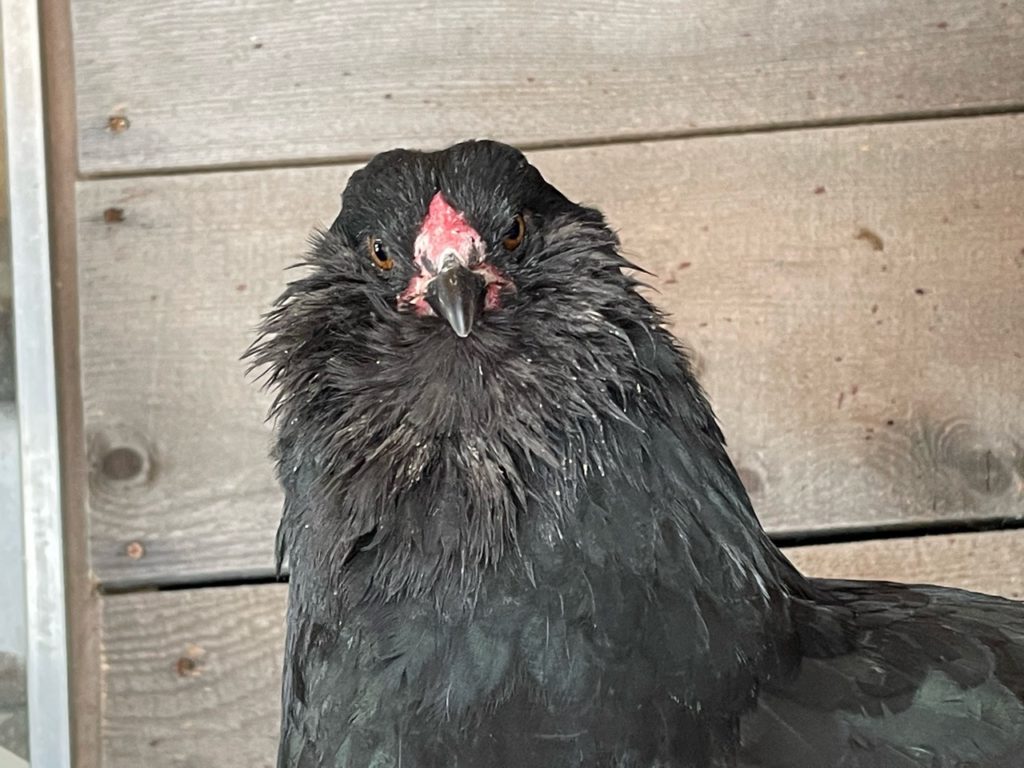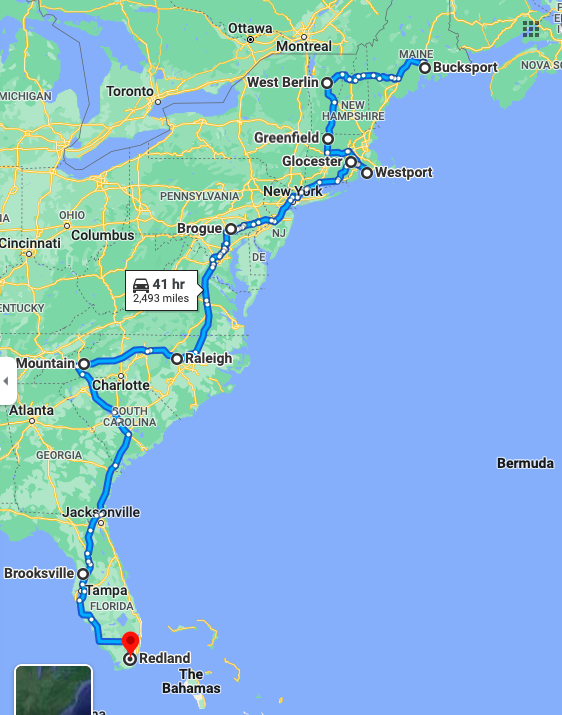
This detailed guide presents 10 questions to ask yourself in order to calculate a hatch rate based on your specific situation. I address each question below by using our upcoming 2,487-mile road trip to collect hatching eggs and farm goals as an example. [4/23/22 EDIT: We have cut the farm list back to nine farms spanning 2,360-miles.]
In order to purchase the correct amount of eggs, I estimated the number of mature birds they will yield––yes, I’m literally counting my chicks before they hatch. I ordered 192 eggs [4/23/22 EDIT: We have now ordered more eggs, but for the purpose of chicken-mathing in this post we are not updating the number.] to suit our ultimate farm goal. This can be scaled down to calculate hatch rates for your average backyard flock owner.
1. How many mature birds do you ultimately want from the eggs you plan to order?
Set a goal for how many mature birds you want. In backyard flocks, this is often estimated by how many eggs you use a week. Be honest with yourself, set your chicken math aside, and think about housing requirements, feed cost, and the amount of poop you’ll be shoveling. Housing requirements should be a part of your choice in the total desired population as well. I cover that in detail below. We will circle back to this at the end, for now, keep this in mind.
My farm goal is to have 25 hens and 3 roosters (for the large and medium breeds) in each stall before we sell any hatching eggs or chicks for that breed. For bantams, The goal is to have 12 of each breed. If you don’t plan to keep any roosters, or less roosters, remember to subtract them from the calculations below.
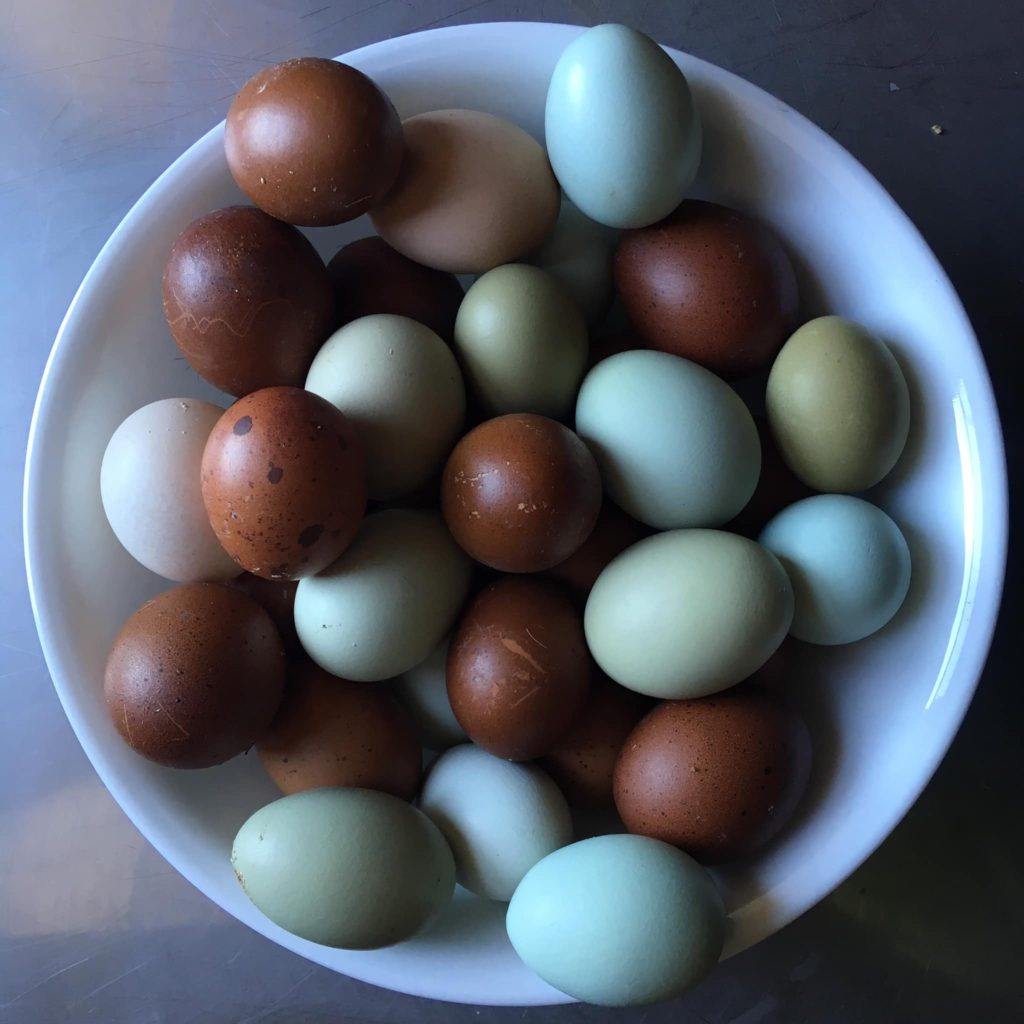
How to calculate hatch rates to use for the ultimate mature population from hatching eggs purchased:
Choose which variables best apply to your specific situation. Variables assumed for my specific situation are: hatch rate: 75% with 50% of the population being hens.
2. Will you be keeping roosters?
I have assumed keeping 3 roosters per breed for our breeding purposes–except for the Ameraucanas, which I will keep 2 roosters. Lest not forget the role of the rooster, any serious breeder will keep a minimum of two, if not three, roosters for each breed. I’m guilty of keeping more until winter approaches or a second ‘true’ molt which will often result in better plumage.
3. How many eggs will you start with?
Additionally, I’m only adding the total number of eggs ordered, *not any extras* (which I have requested), so this is a safe low-end estimate. By not including them, we make up for possible chick mortalities or genetic glitches that require culling. We may pick up as many as an extra dozen from some farms. In the end, the hens are in charge.
4. What is the success rate of your incubator?
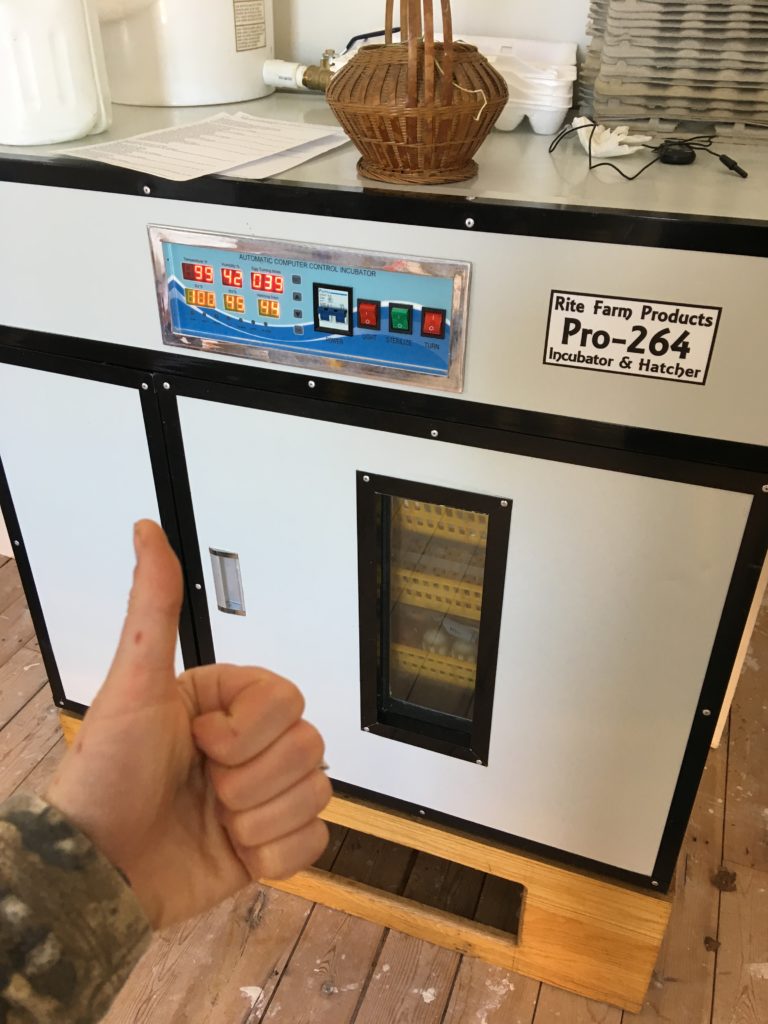
Having used my new incubator for two years, and an identical model for two years prior to that, I’m confident in my personal hatch rates from our own flocks on-site in the past, at around 95%. That’s the standard number I’m starting with, and adjusting from there. You may want to ask around to see how other chicken keepers make out with incubators similar to your specific type or brand. Tip: Do not base the rate on the manual or packaging, they want you to buy their product and base those numbers on marketing.
5. How will the eggs make it to your farm?
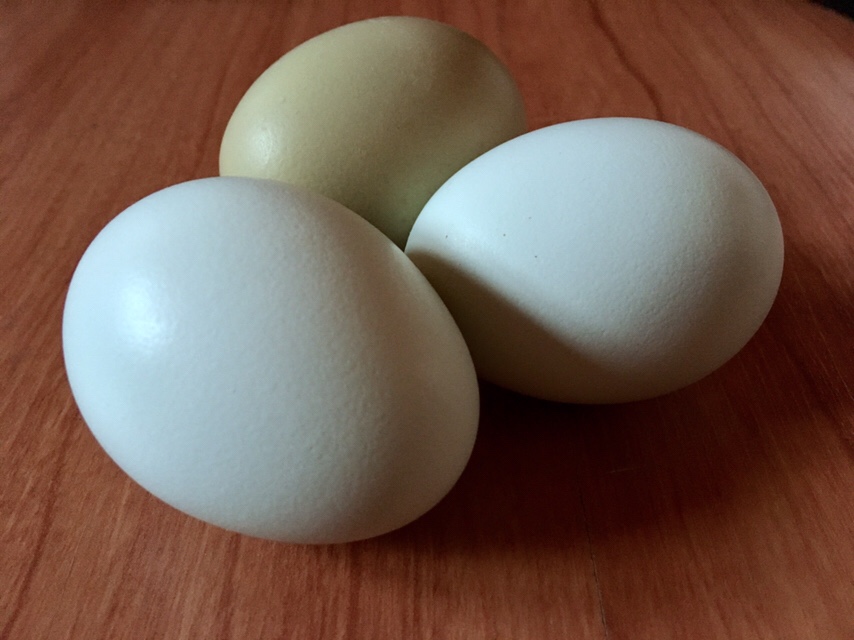
The journey will cause vibration and jiggling along the way, dropping the embryos’ chance at survival the further they are driven. I took 10% off for excessive movement. This is a harder variable for me to calculate given they will be picked up along a route with days of traveling between the first and last stops. If you are picking them up locally or hatching from your own flock, do not adjust for travel.
TO NOTE: For *shipped eggs*, the assumed rate is 50% depending on distance, time en route and packaging. That’s NOT applicable here as we will be doing the driving. There won’t be 20 exchanges, conveyors, or rough handling.
6. How old will the eggs be?
Generally speaking, you should only hatch eggs that are no more than a week old. Though I have found 2-weeks old have little difference if kept at optimal conditions and collected at your own farm or very minimally handed and purchased locally. Take 5% off every week beyond the first week. The eggs I’m purchasing will all be collected in the week prior, so I have not adjusted for this variable.
7. How will the eggs be collected, stored and kept prior to incubation?
Eggs should be collected from the coop as soon as possible, at a minimum of daily in temperatures of around 55-85°F. If the coop is too hot, and the eggs are not promptly collected––or have been hogged by a broody hen, they may begin to set. Once eggs start to set, when you collect them and sit them on your counter, they will cease development causing the embryos to die off. The area they are stored in should be in the 60-75°F range, but a few more degrees in either direction is not a huge deal.
Alternatively, if eggs become too cold for an extended period of time, Mother Nature may decide the conditions are not favorable for hatching and they will have lower chance of development. This has to be pretty low for an extended period to take place. In Maine, the temperatures can get pretty extreme. On days below freezing, I collect hourly around the time they usually start laying until an hour before sunset. But I’m a chicken-obsessed professional breeder, so that’s ridiculous for someone with a job outside the home.
Eggs that are poopy or laid in mud should not be incubated, which does not apply to ducks which have waxy shells. These calculations are based on chicken eggs.
Pro Tip: Seedling starter mats can be placed under shavings in nesting boxes to keep them from freezing while you are at work. Do not confuse this with heating a coop. Chickens do NOT need heated coops. Also to note, keeping the mats on long term with cause a habit of sitting and roosting in the nests and pooping in them. This will be impossible to break even after removing them. Chickens are creatures of habit. ONLY use seedling mats short term as absolutely necessary.
Eggs should be kept in an area safe from excessive movement, meddling pets, direct sunlight and pointy-end-down in an egg carton. To keep the embryos active, and let mother nature know you intend to incubate them soon, tilt the carton gently by placing something a couple inches thick under one end and switching sides once or twice a day. Make sure they are still secure and won’t tip. I keep mine in a deep drawer in my kitchen with a 2″ thick strip of wood inside the drawer along the long edge. I gently pick the cartons up and change sides twice a day, then gently slide the drawer shut after. Otherwise, leave them be. Slow movements are best.
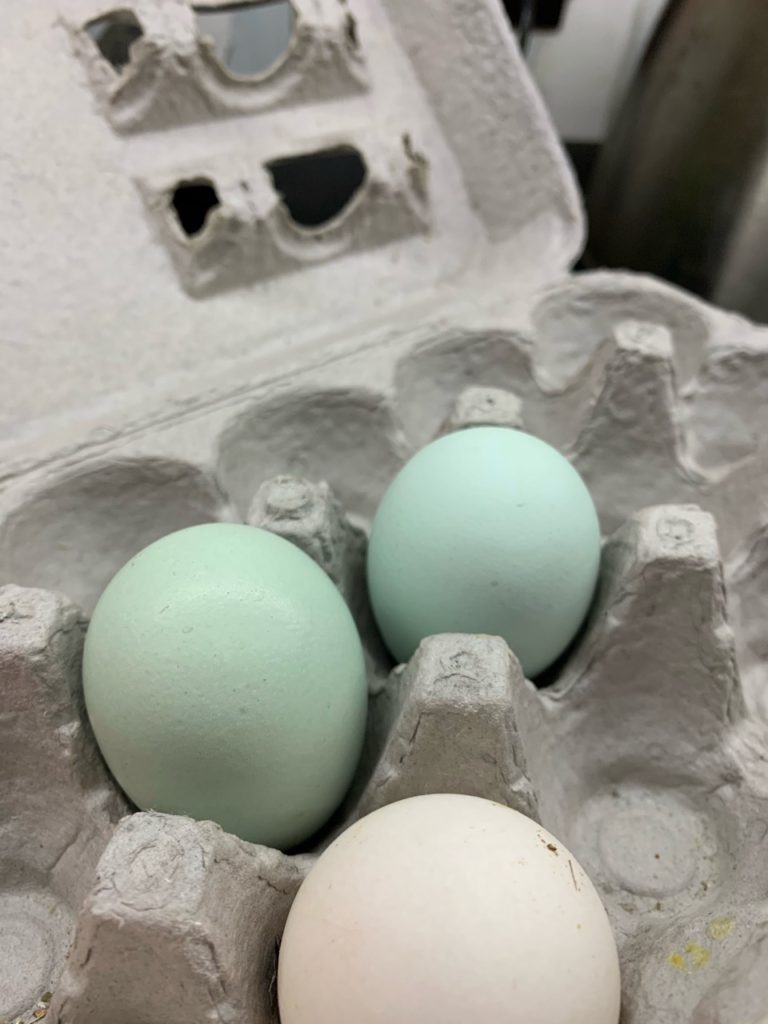
Take off another 5% from your hatch rate calculations if the hatching eggs were not collected and stored in optimal conditions. All of mine will be collected from areas within these temperatures and kept in optimal conditions by professional breeders, so I have not docked my rate.
Pro Tip: I do not recommend telling a breeder to do this for you, they may take it as rude or excessive and tell you its ridiculous. Instead, ask them how they handle and store them, and go from there.
8. How many eggs will be fertilized?
I have also not personally tested for bullseyes, though I do trust the professional breeders we will be visiting. To be safe, I took 10% off for infertile eggs. Some breeds have a tendency to have poor fertility, when others is outstanding. Take into account how many roosters are in with the hens. My go-to hen to rooster ratio is one rooster for every 6-8 hens. Other things to consider: Are they overbred and stressed? It is peak season, or is it in the winter slump? I’m choosing an overall number given I have several breeds to adjust for. And just like that, we’re at 75%.
9. The inevitable question I hear year after year: How many hens will I get from my hatching eggs?
An assumed 50% sex ratio is standard. In the past, I have hatched 11 eggs and 10 were roosters. On another occasion, three broody Polish hatched 17 eggs, of which only 5 were roosters. This is the most difficult variable to depend on. Remember, this is only an estimate, but in my experience is close to the ultimate number in most cases.
The followup comment I get: But I don’t want any roosters.
Any newbie needs to grapple with the fate of their roosters BEFORE BUYING EGGS! You will get roosters, they may annoy neighbors or family in your home. They may fight each other, stress your hens, and eat lots feed without producing eggs. What is your plan for unwanted roosters? If you can’t answer this, don’t buy hatching eggs. And, NO, I will not take your roosters and most likely no one else will either. YOU must deal with this. (We will be selling autosexing chicks next year to avoid the rooster dilemma.)
In summary, how to calculate hatch rates: Choose the variables as guided through above which best apply to your situation.
Be careful not to inflate your numbers with wishful thinking or underestimate the amount of space you will need if more hatch than expected.
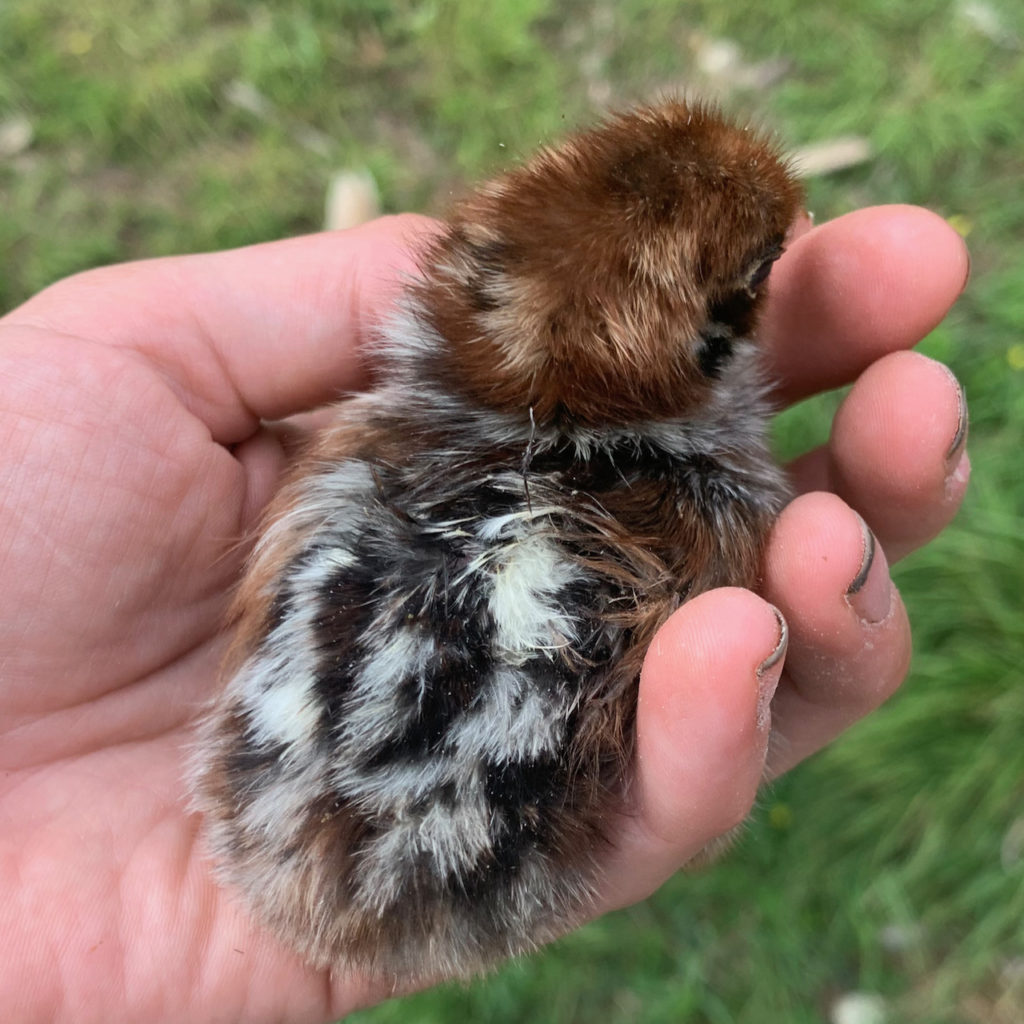
I estimate 101+ mature birds from these hatching eggs by Christmas. The *ultimate goal* is to have 28 per barn stall, 12 per bantam pen, and 12 in our adorable triangular coop that Kevin and I built together a few years back. So our ultimate target population is no more than 136. This means taking the time to breed for our own stock and get our numbers up prior to opening sales to the public.
10. Will you be breeding from the resulting mature population in the future?
It’s not that I couldn’t have ordered more eggs to get to that ultimate goal population upon the first hatch. Instead, it’s because I ordered my primary breed stock for long term diversity. Each breed is from a minimum of two farm sources. I will combine lines, select for certain traits, and create crosses (olive eggers and frizzles) prior to opening sales as well. If you will be keeping your flock as a hobby and not breeding them, this does not apply to you. If you will be breeding more in the future, think about; flock turnover, how many you will ad, if you will sell some to make room, or will need to leave enough room in your coop to fit however more you plan to add later. Additionally, if you free range, expect to lose some to predators annually.
The final stats! Use the outline below to illustrate your answers to the 10 questions posed above. Remember, these are based on my exampled discussed in each section.
Barn Stalls: 28 birds per stall
Housing requirements differ by breed, size, hardiness, and feather type––among other factors. The very largest breeds, the Bielefelder and Marans, will be situated in stalls on either end of the barn. They are incredibly winter hardy and look more imposing. Their runs will be in view of the wood line in our remote location, full of fox, coyote, bear, fisher and ermine. I should think seeing a massive 12+ pound rooster crowing would likely be less appealing than a smaller bird which would look easier to take down. For this reason, the rear of the barn will have runs that encircle a smaller run for the bantams, which will be completely out of view. Predators would have to make it through some big ol’ roosters before getting to any little bantams.
The Largest Breeds will be in the outermost stalls
- Marans: all black copper
- 66 total eggs (@ 75% hatch rate)
- 50 hatch (divided by half for the number of hens)
- 25 hens
- (plus keeping 3 roosters) = 28 total birds
NOTE: The above Marans formula is the example used for the rest of the breeds below for my specific situation. Use YOUR percentages as discussed to calculate your specific expected mature birds by entering them like the Marans example.
- Bielefelder: all goldens
- 24 total eggs
- 18 hatch
- 9 hens
- 3 roosters = 12 total birds, goal of 28
In the central stalls, with rooms on either side of them, will be a bit warmer. The medium size breeds will be housed in those stalls respectively.
Medium Breeds:
- Legbar: Opal and Cream Crested
- 24 total eggs
- 18 hatch
- 9 hens
- 3 roosters = 12 total birds, goal of 28
- 55 Flowery Hens: still only once source, but may add a second
- 18 total eggs
- 13 hatch
- 7 hens
- 3 roosters = 10 total birds, goal of 28
Triangle Coop:
- Ameraucana: pure 2nd gen. self blue/lavender and black splits
- 24 total eggs
- 18 hatch
- 9 (lavender) hens
- 2 (black) roosters
- 3 Marans (for for F1 Olive Eggers) = 15 total birds
*The lightest laying Marans hens will be moved to this pen for F1 olive egger crosses.
Bantam Suite:
These little curious creatures have a much smaller body size, and several will have frizzled feathering. I have decided to house them in a central room divided into stalls by hardwire cloth. This will keep the roosters from arguing, and the breeds pure. The birds will share body heat over the winter months. At night, sheets will be draped over the pens to keep that heat in and reduce any drafts from opening and closing the doors. The bantam suite will be the only insulated room in the barn and will not have large windows like the other stalls, as they allow substantial heat loss. Instead I will have timed lighting year-round, aside from a month of rest at the onset of a flock-wide molt.
The Wee Ones:
- Polish: mix of bantam buff, gold, silver, tolbunt and frizzle [4/23/22 EDIT: no longer picking up any polish, but keeping this here for the purpose of chicken-mathing in this post.]
- 24 total eggs
- 18 hatch
- 9 hens
- 3 roosters = 12 total birds
- D’Uccle Booted Bantam: Porcelain [4/23/22 EDIT: no longer picking up this color.], Mille Fluer, frizzle
- 24 total eggs
- 18 hatch
- 9 hens
- 3 roosters = 12 total birds.
Get updates 2 days before public release. First dibs on egg preorders, chick reservations, surplus deals, and upcoming sales go to subscribers first. I won’t send you spammy crap, promise. Enter your information below:


